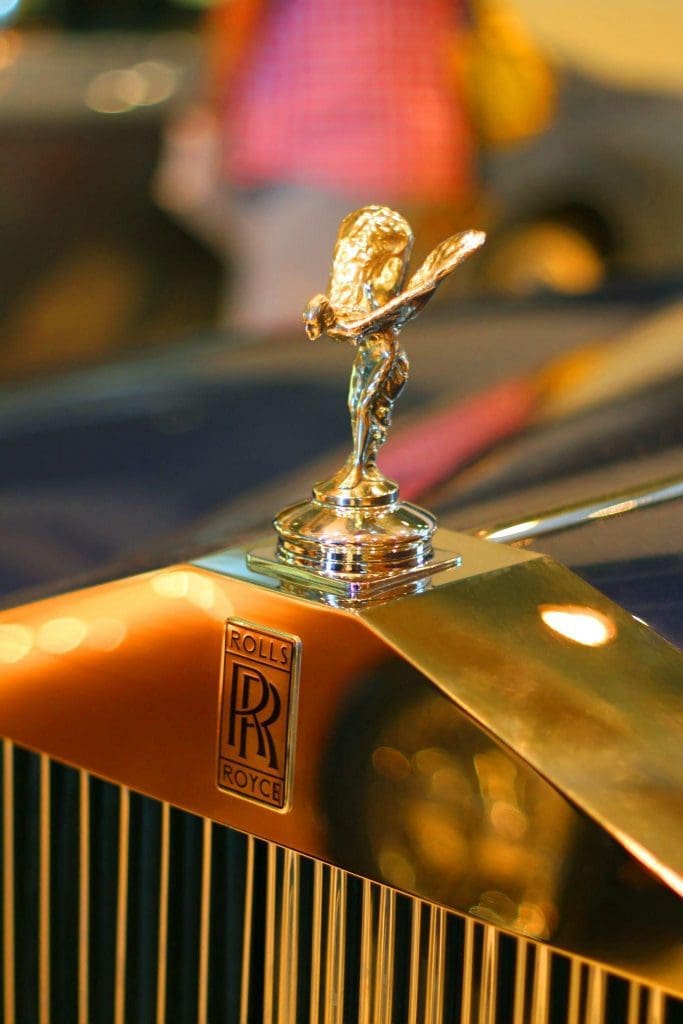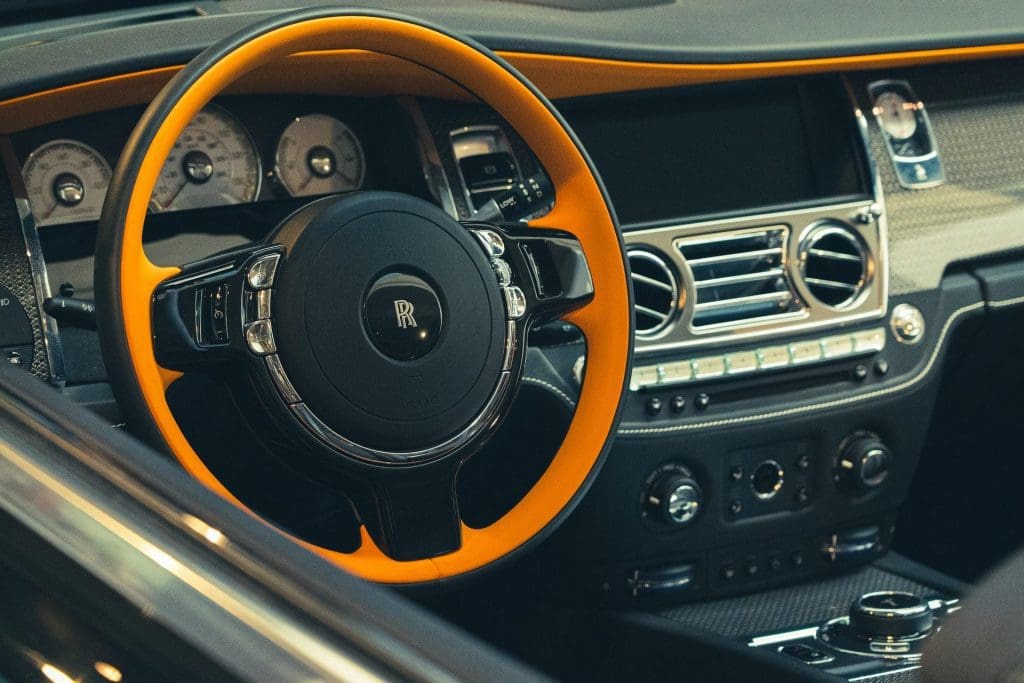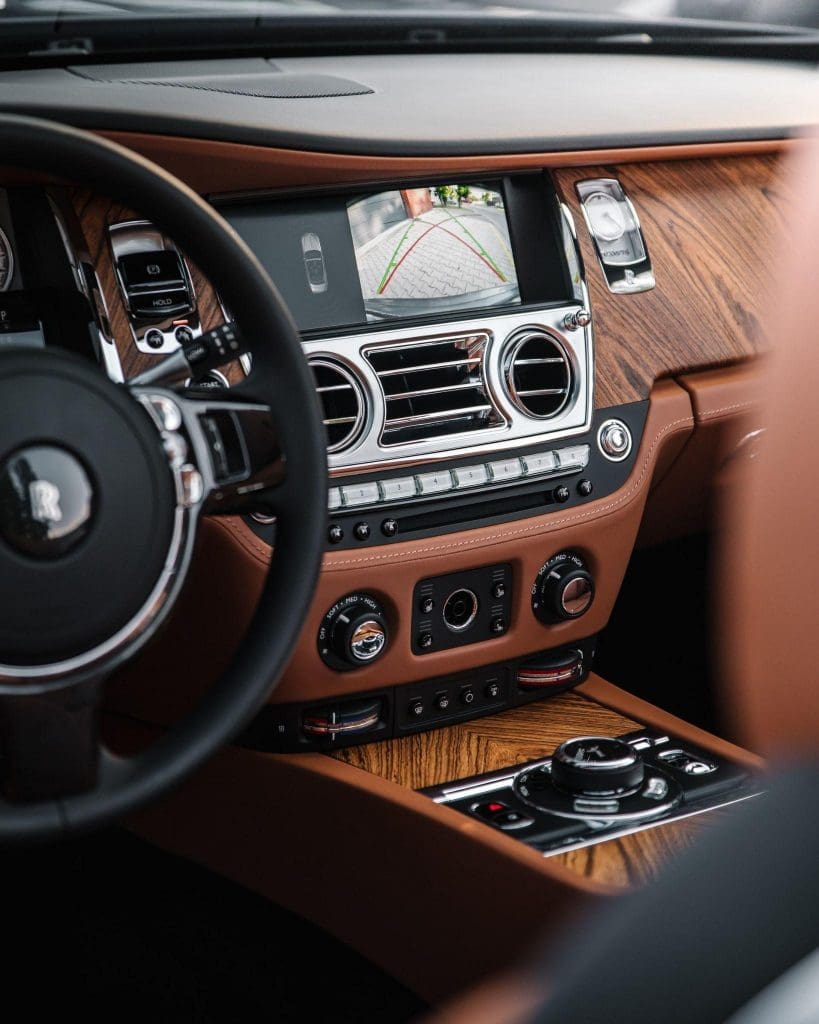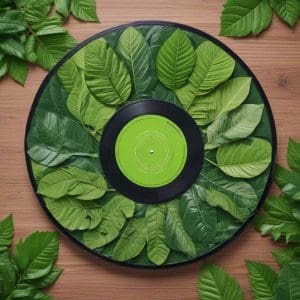How It’s Made: Rolls-Royce


At the Rolls-Royce Motor Cars plant in Goodwood, West Sussex, England, where the last generation Phantom was produced for 13 years, only one part of production is robotized – the body coating, the final thickness of which is strictly regulated. All the rest of the work is done by people. Even welding of the body. By the way, the roof is welded to the sides by two welders in sync: one works on the left side, the other on the right. It takes more than 600 hours to produce a Rolls-Royce Phantom.
I managed to visit the company’s plant in Goodwood in Britain and Rolls Royce car rental Dubai and found out everything I could about these unique vehicles.
The distinctive feature of the main conveyor Rolls Royce from other automobile plants is its length, which is only about 500 meters. The modest (compared to other manufacturers) size of the main production line is due to the lack of mass production. Last year Rolls Royce produced just over four thousand cars.
In the same workshop the leather is cut, from which the seats are upholstered and some elements of the interior trim are made. The cutting is done by a special robot under close human supervision.
The most popular colors, of which the elements of the Rolls Royce upholstery are made, are black, white, blue, red, and yellow. According to the representatives of the tailoring shop, the Chinese clients prefer black, Americans prefer blue and red, Russians, for reasons unknown to us, prefer yellow.


Very many of the Rolls Royce trim elements are embroidered. And each one is made by hand. At the same time, no detail is alike, except for the signature logo.
The basis of the dashboard trim on most Rolls Royce is wood. The manufacture of wooden elements at the factory takes place in a workshop not inferior in size to the leather atelier. Some of the doors and rear shelves inside the cars are also finished in wood.


The wood is thoroughly dried for several months before going into production. The dryer maintains the same temperature at all times. A worker grinds the wood piece blank. This work is trusted only to true craftsmen who have spent at least several years in the factory. After processing, the unremarkable, at first glance, wooden blanks become true works of art.
The Rolls Royce body can be decorated with airbrushed inserts depending on the idea of the designers, who approach the assembly of each car individually. Unlike the thick wood used to decorate the dashboard, the wood inlays inside the rest of the cabin are made of very thin sheets of wood. Their thickness is about 1-1.5 millimeters.


The Rolls Royce car is decorated with the famous emblem – a statue of a woman getting ready to jump. The logo was established on February 4, 1911. The figurine was created by sculptor Charles Sykes, who gave her the name “Spirit of Ecstasy”. The prototype was the beautiful Eleanor Thorton, who tragically died during a German attack on a British steamer near Port Said. The emblems are kept in a special case at the factory. On some cars, a small hatch is made for them, into which the emblem is automatically folded for the time of parking.
After the car comes off the assembly line, it is sure to undergo several tests. It starts with an engine test. The end of the process is the test drive, which begins while still inside the main factory premises.
Why do people still buy a Rolls Royce despite its price?
The image of the car has changed dramatically in recent years. Once it was a car for very rich and elderly people. The testers even had a special weight suit – so they had to better understand how comfortable it was for an elderly person to get into the car.
Today, there was a revolution in consciousness – women began to buy the car for themselves. Young entrepreneurs also began to choose limousines for themselves, who refuse the traditional driver and get behind the wheel themselves.
Since you’re here …
… we have a small favour to ask. More people are reading Side-Line Magazine than ever but advertising revenues across the media are falling fast. Unlike many news organisations, we haven’t put up a paywall – we want to keep our journalism as open as we can - and we refuse to add annoying advertising. So you can see why we need to ask for your help.
Side-Line’s independent journalism takes a lot of time, money and hard work to produce. But we do it because we want to push the artists we like and who are equally fighting to survive.
If everyone who reads our reporting, who likes it, helps fund it, our future would be much more secure. For as little as 5 US$, you can support Side-Line Magazine – and it only takes a minute. Thank you.
The donations are safely powered by Paypal.










